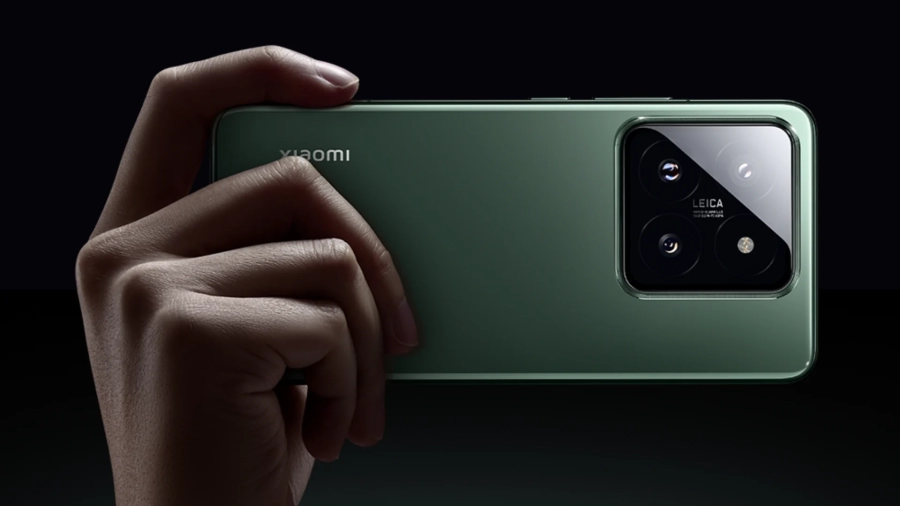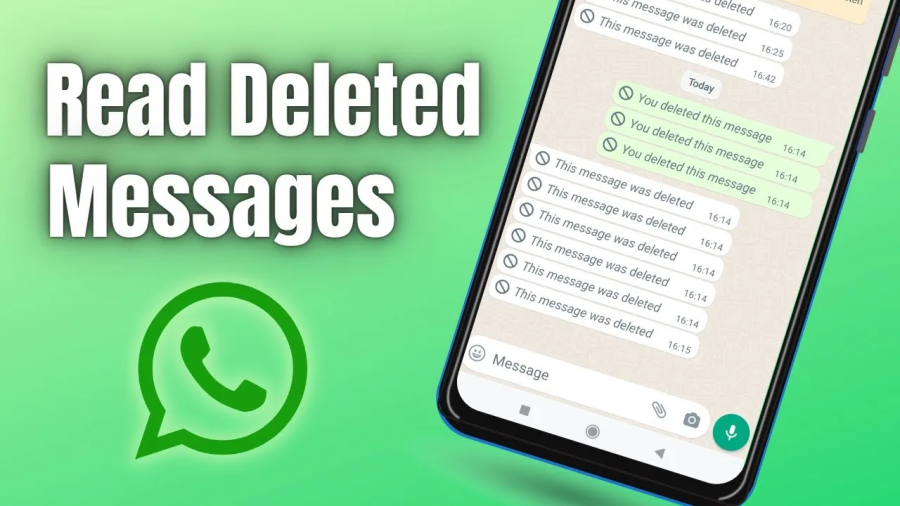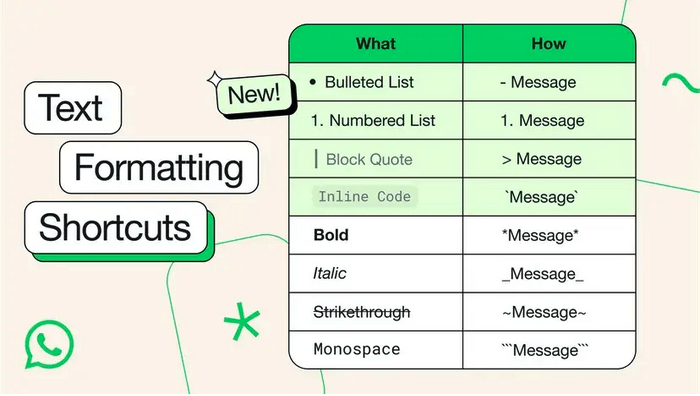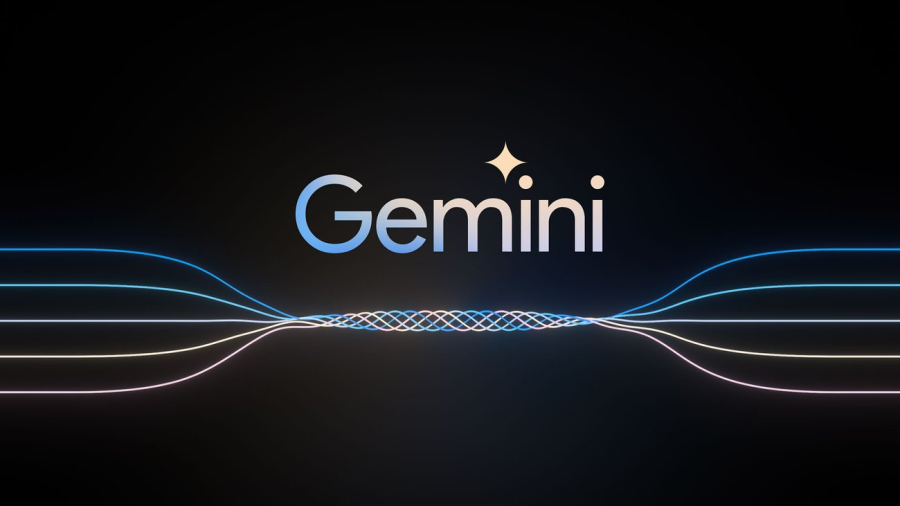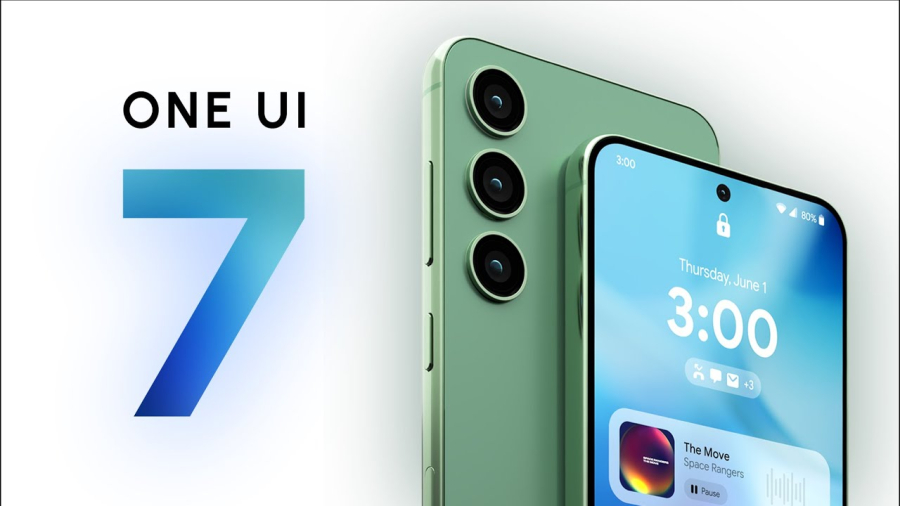Xiaomi has chosen MWC as the platform to unveil two of its highly acclaimed phones for a worldwide audience, except for the US. The Xiaomi 14 and 14 Ultra models have already been introduced in China, but now come with new design alterations and camera-focused features added on center stage. These devices are up for orders immediately; while one can purchase the standard variant at €999 or $1,082 approximately,the higher version-Xiaomi Utra costs€1,499($1624).
The Xiaomi 14 offers a solid flagship experience, featuring a compact 6.36-inch LTPO display with smooth scrolling and energy-saving capabilities at 120Hz refresh rate. In terms of camera specs, it may come across as modest when compared to the larger Xiaomi 14 Ultra’s impressive features like its massive 6.73-inch screen detailed with high resolution (1440p) visuals and superior image capturing system powered by a main camera sensor measuring one inch diagonally – truly an all-out device for those who want bigger things in life!
Just a few days ago, the 14 Ultra was unveiled in China and we now have more details about what could potentially be named as the best camera phone of 2024 at its global launch event. The main highlight is that it utilises Sony’s latest LYT-900 sensor with an impressive1-inch type, which can also be found on the Oppo Find X7 Ultra model. Additionally,making things even better,the variable aperture system has been implemented into this device after making successful debuton Xiaomi ‘s very own flagship smartphone -the Mi 14 Pro(The latter had launched alongside these phones back in October but wasn’t mentioned during today’s announcement).
The 14 Ultra’s camera offers a flexible aperture, unlike the fixed apertures used in most smartphone cameras. Its range spans from f/1.63 to f/4.0 with precision adjustments of 1,024 stops between these two extremes that were demonstrated at a preview event outside Barcelona. While this feature may seem less practical due to its narrow use cases – even when fully open it behaves more like an f/4 in terms of depth of field on full-frame cameras – we confirm that the aperture is functional as witnessed by observing it move up and down during our demonstration experience. However, further adjusting beyond its widest setting might not be all too useful for many users out there especially given how little difference will result from such micro-adjustments ultimately translating into no actual impact or enhancement on photo quality either way- rendering them somewhat pointless exercises overall.
The Ultra model takes after the Samsung Galaxy S24 Ultra by incorporating two telephoto lenses – a 3.2x and a stabilized 5x lens. Additionally, it draws inspiration from the iPhone 15 Pro by including log recording for videos; though this feature caters to only a small percentage of users , as they can use their phone in multi-camera shooting setups and adjust colors accordingly while processing footage or even shoot high-resolution HDR shots that offer ample scope for post-processing modifications..
Xiaomi’s 14 Ultra has ditched the curved edges of last year and adopted a flat edge design that was popular in 2014, for better grip. The front and back panels have a slight curvature to ensure comfortable handling. Additionally, the updated camera kit doubles as an external phone battery making it versatile and convenient – two functions in one accessory!
The main, wide and 3.2x telephoto cameras of the Xiaomi 14 are equipped with three sensors each boasting an impressive resolution of 50 megapixels – a definite improvement from last year’s telephoto camera which sported only a modest ten-megapixel chip. Additionally, this time around the square-shaped camera bump has undergone some cosmetic changes as it no longer features dividing lines that demarcated its four quadrants on the previous model (the Xiaomi 13).
The Leicabranding has been adjusted by 90 degrees to suit the landscape orientation, as it does on the Ultra. The matte finish of the glass used in its rear panel imparts a smooth yet firm feel when held securely with its flat edges. Overall, I find this quite pleasing to my liking.
The Ultra flagship camera phone from Xiaomi is yet again an impressive device, but it’s unfortunate that US customers won’t be able to experience it. While Samsung and Google are focusing on AI features for their latest updates, Chinese companies like Oppo and Xiaomi have been leading the charge in innovative hardware enhancements. Perhaps if there are cycles of design trends—such as the resurgence of flat edges—we can expect significant improvements in smartphone hardware from American manufacturers soon enough.

